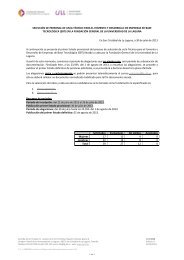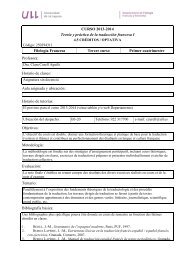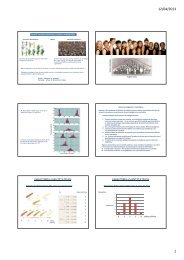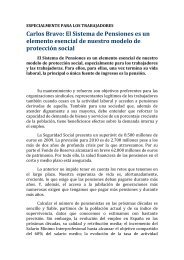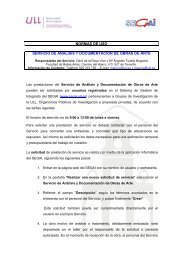20 CHAPTER 3 REVIEW OF CONJOINT ANALYSIS THEORY ...
20 CHAPTER 3 REVIEW OF CONJOINT ANALYSIS THEORY ...
20 CHAPTER 3 REVIEW OF CONJOINT ANALYSIS THEORY ...
You also want an ePaper? Increase the reach of your titles
YUMPU automatically turns print PDFs into web optimized ePapers that Google loves.
After the preference model and measuring scale has been selected, the next step is<br />
to determine the presentation methods. The two-factor at a time, full profile, and<br />
pairwise comparison methods are most frequently used in conjoint analysis. The twofactor<br />
at a time approach requires respondents to compare two attributes at a time and<br />
rank the various combinations of attributes from the most to the least preferred. This<br />
approach is the simplest for respondents, since only two attributes are considered at one<br />
time. It has the advantage of reducing information overload, but its principal<br />
disadvantage is it is limited to ranking data only (Gustafsson, <strong>20</strong>00). This approach also<br />
prevents respondents from making realistic choices most commonly used for verbal<br />
descriptions of factor combinations, rather than pictures. (Green and Srinivasan 1978).<br />
Another disadvantage to this approach is its inability to use fractional factorial stimuli to<br />
reduce the number of comparisons (Hair et al., 1998)<br />
An alternative approach, the full-profile method, more closely represents real<br />
buying situations because it utilizes the complete set of attributes. However, this<br />
procedure lends itself to information overload and reduces the accuracy of respondents’<br />
preference evaluation. The number of profiles respondents have to evaluate can be<br />
reduced through the use of fractional factorial designs. For this reason, it is used most<br />
frequently in conjoint analysis. For example, assume you wish to evaluate three<br />
attributes, each with three levels, a total of 27 different product profiles can be evaluated.<br />
This is too large a number of profiles for respondents to effectively rate or rank. Because<br />
of this problem, the full profile procedure is used for relatively small numbers of factors<br />
such as five or six. In many marketing studies, products and services are defined by many<br />
more attributes each a with corresponding large number of levels. The use of a full-<br />
33






